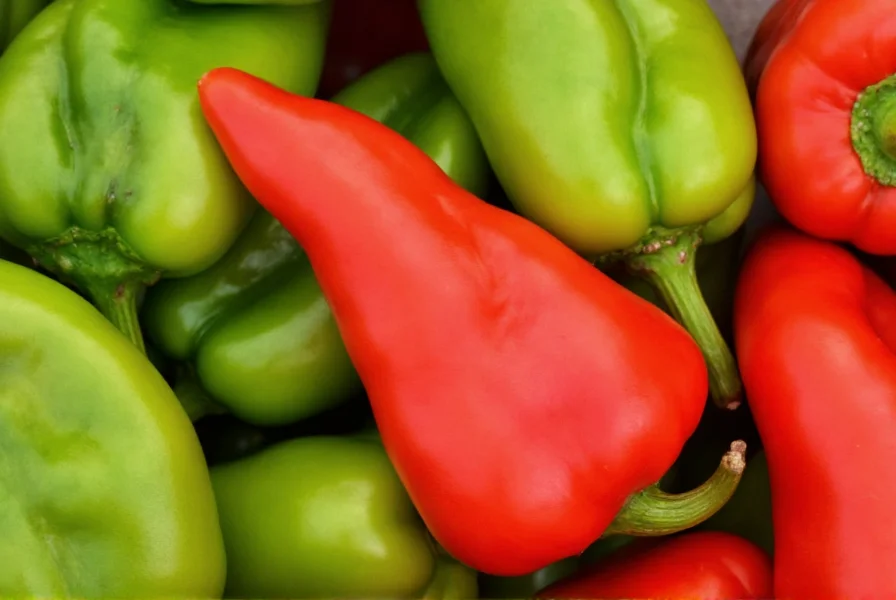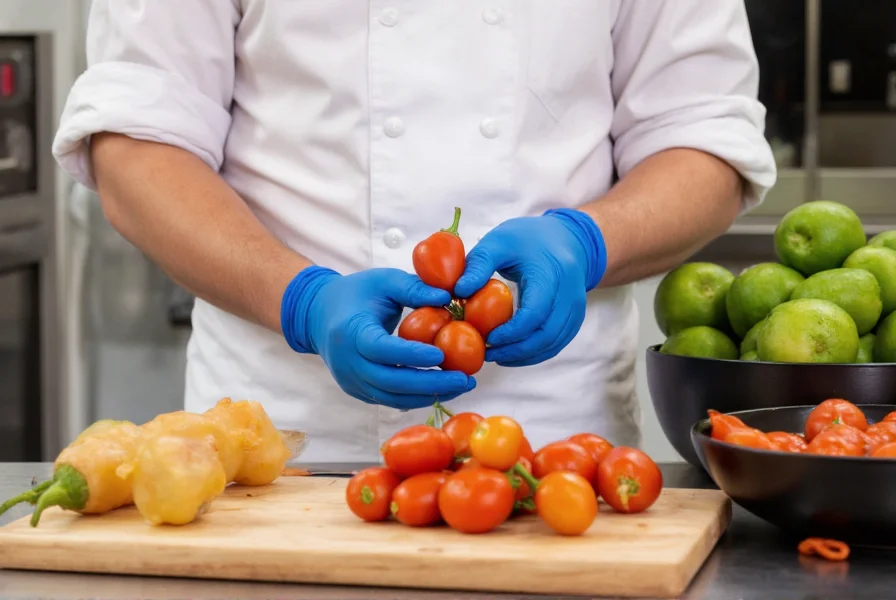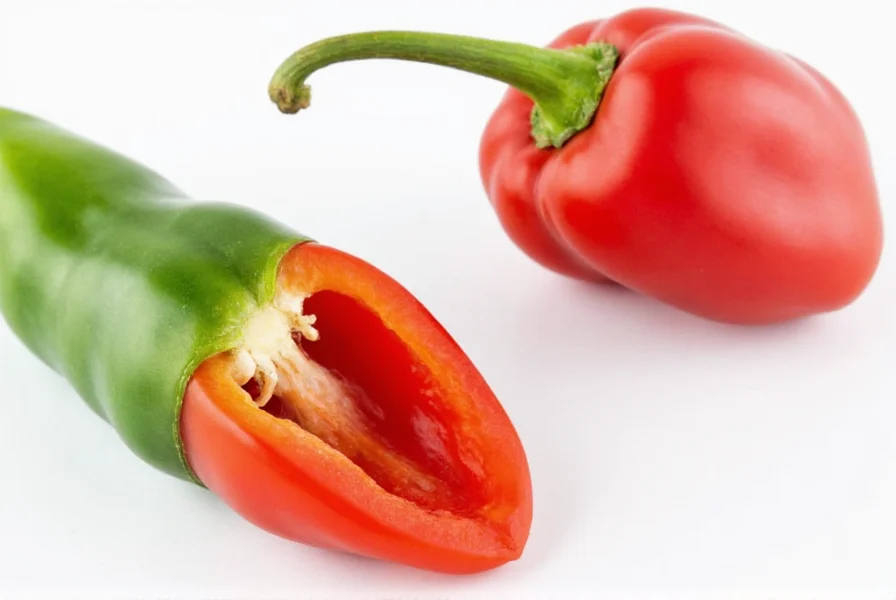If you've ever wondered how hot is a serrano pepper compared to other common varieties, you're not alone. These slender, bright green peppers pack serious heat that can surprise unprepared cooks. Understanding serrano pepper heat levels is essential for anyone working with this popular chili in Mexican and Southwestern cuisine.
Understanding the Scoville Scale for Serrano Peppers
The Scoville scale measures chili pepper heat by determining capsaicin concentration—the compound responsible for that burning sensation. Developed by pharmacist Wilbur Scoville in 1912, this scale remains the standard for measuring how hot is a serrano pepper and other chilies.
Serrano peppers consistently register between 10,000 and 23,000 Scoville Heat Units. To put this in perspective:
| Pepper Variety | Scoville Heat Units | Heat Comparison to Serrano |
|---|---|---|
| Bell Pepper | 0 SHU | 0x (No heat) |
| Jalapeño | 2,500-8,000 SHU | 2-5x milder than serrano |
| Serrano | 10,000-23,000 SHU | Baseline |
| Cayenne | 30,000-50,000 SHU | 1.5-2x hotter than serrano |
| Habanero | 100,000-350,000 SHU | 5-15x hotter than serrano |
Factors That Affect Serrano Pepper Heat Levels
Several variables influence exactly how hot is a serrano pepper you might encounter:
- Color maturity - Green serranos are milder while red, orange, or yellow varieties (fully mature) tend to be hotter
- Growing conditions - Stressors like drought or temperature extremes increase capsaicin production
- Individual variation - Even on the same plant, heat can vary significantly between peppers
- Part of the pepper - The white pith and seeds contain the highest concentration of capsaicin

Practical Implications of Serrano Pepper Heat
When working with serranos, understanding how hot is a serrano pepper compared to jalapeño is crucial for recipe success. Many home cooks mistakenly substitute serranos 1:1 for jalapeños, resulting in unexpectedly spicy dishes.
Professional chefs typically use these guidelines:
- For mild heat: Remove all seeds and white membranes
- For medium heat: Use half the amount you would jalapeño
- For authentic heat: Use whole serranos as called for in traditional recipes
Serrano Peppers in Culinary Applications
Serranos shine in applications where you want pronounced heat without overwhelming fruitiness. Their thinner walls make them ideal for:
- Fresh salsas (pico de gallo, salsa verde)
- Hot sauces requiring clean pepper flavor
- Infused vinegars and oils
- Garnishes for cocktails and dishes
- Traditional Mexican dishes like chiles en nogada
Unlike thicker-walled jalapeños, serranos don't hold up well to roasting or stuffing. Their heat dissipates more quickly when cooked, making them better suited for fresh applications where you want immediate, sharp heat.

Safety Tips for Handling Hot Peppers
When working with serrano peppers, proper handling prevents painful burns:
- Always wear gloves when cutting serranos
- Avoid touching your face, especially eyes
- Wash hands thoroughly with soap after handling
- Clean cutting boards and knives immediately
- If burned, use milk or yogurt to neutralize capsaicin
Remember that cooking doesn't eliminate capsaicin—it becomes airborne in steam, so proper ventilation is essential when cooking with serranos.
Measuring Serrano Pepper Heat at Home
While professional Scoville testing requires laboratory equipment, you can gauge serrano heat through:
- The smell test - Stronger aroma often indicates higher heat
- Visual inspection - More striations (white lines) typically mean hotter peppers
- Taste testing - Start with tiny amounts on the tongue tip
For recipe consistency, many chefs recommend tasting a small piece before adding to dishes—this helps adjust quantities based on the actual heat level of your specific serrano peppers.











 浙公网安备
33010002000092号
浙公网安备
33010002000092号 浙B2-20120091-4
浙B2-20120091-4